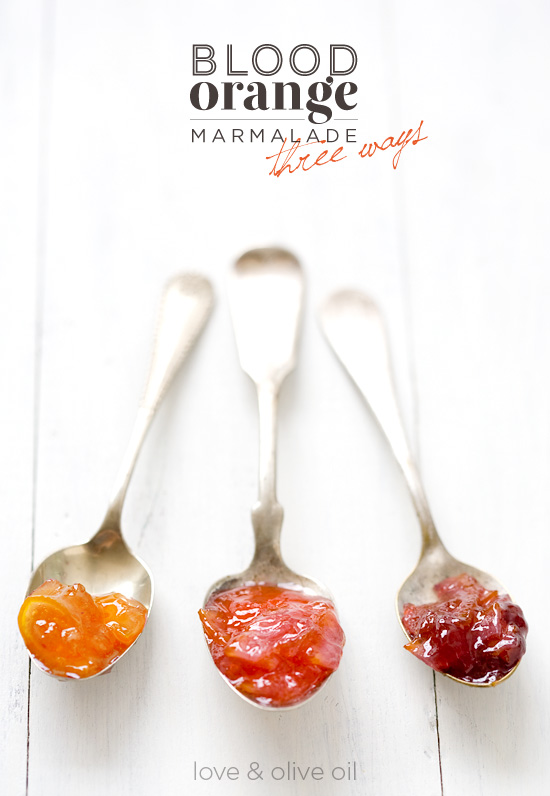
Shades of red: marmalade edition.
Actually, I discovered, plain blood orange marmalade isn’t all that red; rather it’s a lovely shade of rich orange with the slightest pinkish hue. Like a sunset, really. But additions like extra ripe strawberries and deep red Chianti wine enhance the color, creating a marmalade gradient that is really quite stunning.
Blood oranges are at the very tail end of their season right now. And I mean the very end. Meaning, if you see some now, buy them ALL, because it will be a long, blood-orangeless summer if you don’t.
Granted, these recipes would work just fine with regular old oranges, too. I wouldn’t tease you like that.
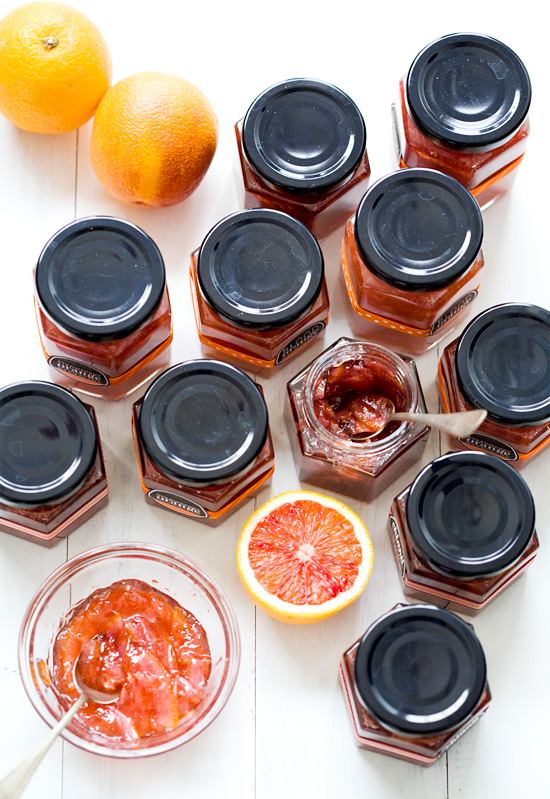
This was my first time actually making marmalade. I used the process outlined at Food in Jars, which seemed a bit more straightforward that other sources requiring you to cut and slice apart the orange in all manner of ways. Apparently soaking the pieces overnight is supposed to tenderize them. This marmalade definitely has more tooth to it than some commercial versions, but I’m ok with that. No one wants a dainty marmalade anyway.
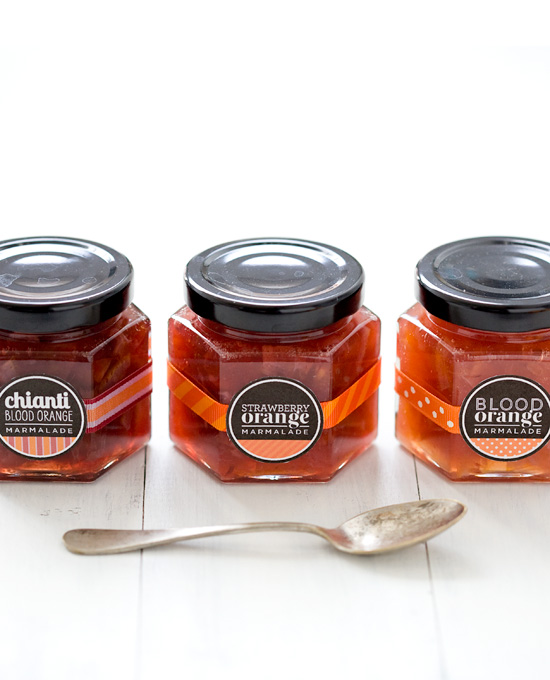
Now, about these jars. I started searching last year for alternatives to the ubiquitous mason jars and two-piece pain-in-the-you-know-what lids. I swear I’ve got buckets of those stupid rings that I can never seem to reach and/or find when I actually open a jar and need one. Indeed, one piece lids are not only much more aesthetically appealing (and you know that matters to me!) but also more practical. I also loved that these jars came in 4 and 6 ounce sizes; which, for infrequent jam-eaters like ourselves, meant less wasted jam. Plus the facets… the gorgeous, hexagonal facets and the dramatic black lids… I could stare at these jars all day.
I did my research, and everything I found said these lids would work just fine for water bath canning. I am not a canning expert, and I certainly invite anyone who is to chime in. Of course, the USDA only officially supports two-piece lids for home-canning use, so make of it what you will. If I offer you a jar of this beautiful marmalade, I’ll understand if you politely decline.
I will say that I had success getting the jars to properly seal, no more or less than regular jars, although it did take longer: the tell-tale “pop” didn’t occur for a few hours after the jars had finished their bath, unlike the mason jars which popped almost instantly. I had a few jars that didn’t seal, and those went in the fridge for immediate use.
The same company also sells smooth standard mason jars, without all the raised, tacky ‘decoration’ that the Ball jars have. You could use those with your trusty two-piece lids and they’d still be beautiful. Because, you know, as much of a fuss as I make about the jar, what really matters is what’s inside.
Blood Orange Marmalade
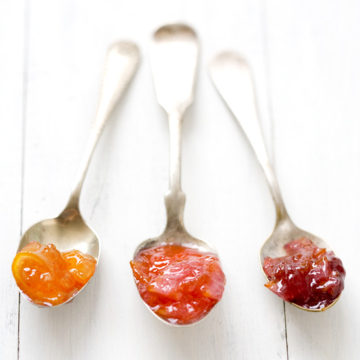
Ingredients:
1 pound blood oranges (about 3-5 oranges, depending on size)
2 1/2 cups granulated sugar
1 cup strawberries, hulled and chopped (optional, for strawberry variation)
1/2 cup Chianti or port wine (optional, for red wine variation)
Directions:
Using a very sharp knife, trim and halve oranges. Remove the pithy core of the oranges, discarding any seeds (if there are any). Cut the orange halves into thin slices; halve slices.
Secure any seeds and trimmings in a length of cheesecloth; tie it tightly into a bundle.
Place chopped oranges and any juices in a medium bowl along with 3 cups water (filtered, if necessary). Submerge the cheesecloth bundle in the liquid; cover and refrigerate overnight or up to 3 days.
The next day, prepare canner and wash/sterilize 3 half-pint mason (or equivalent) jars. Keep jars in hot (not boiling) water until ready to use. Warm lids in hot (not boiling) water to sterilize and soften seal.
Remove the cheesecloth bundle; squeeze out any remaining juices and discard what’s left. Pour the soaked fruit and all liquid into a large saucepan along with sugar.
Bring to a simmer over medium-high heat and cook, stirring regularly, until it is reduced by more than half and reaches 220 degrees F. You can test the gel of the marmalade by placing a spoonful on a chilled plate. Return to the freezer for 1 to 2 minutes, then check for doneness. If you want a firmer gel, cook for a few minutes longer.
When sauce has reached the desired consistency, remove from heat and skim off foam. Ladle hot sauce into jars, leaving 1/4-inch of headspace. Wipe jar rims and threads. Screw on lids and rings. Process in a boiling water bath for 10 minutes. Remove from water and let cool completely, 12 to 24 hours. Check seals. Any unsealed jars should be refrigerated and used within 3 weeks.
For Strawberry:
Add 1 cup chopped strawberries to saucepan along with soaked oranges and sugar. Proceed as directed.
For Chianti:
Reduce water by 1/2 cup and add 1/2 cup of Chianti red wine to saucepan along with soaked oranges and sugar. Proceed as directed.
Adapted from Food in Jars.
All images and text ©Lindsay Landis / Love & Olive OilDid you make this recipe?
Let us know what you think!
Leave a Comment below or share a photo and tag me on Instagram with the hashtag #loveandoliveoil.
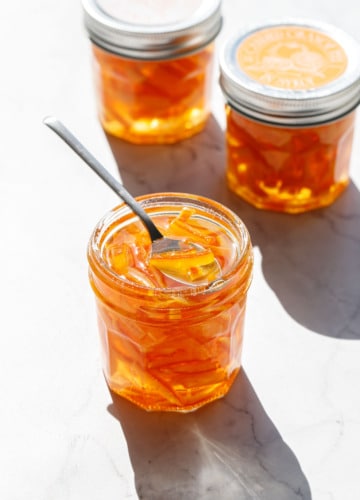
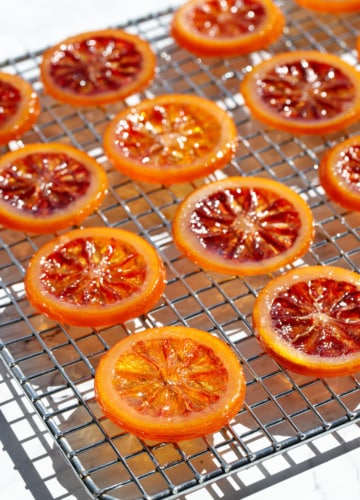
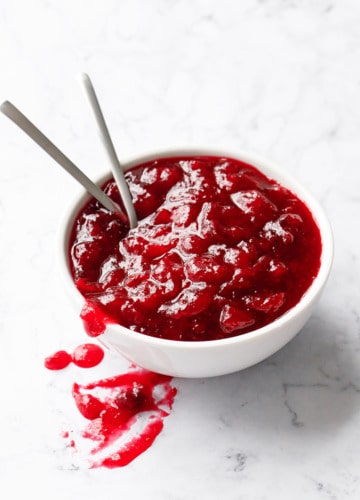
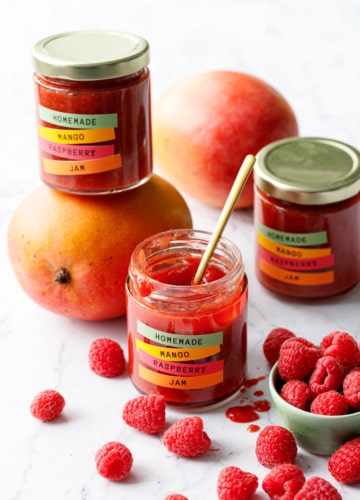
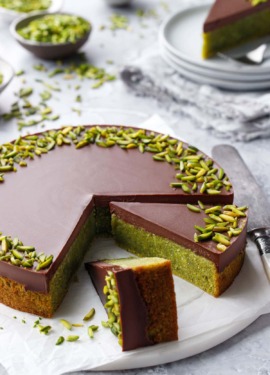
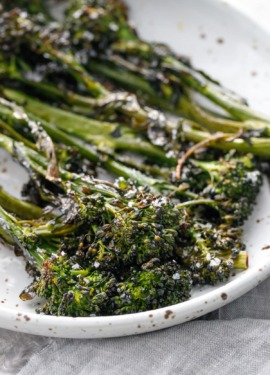
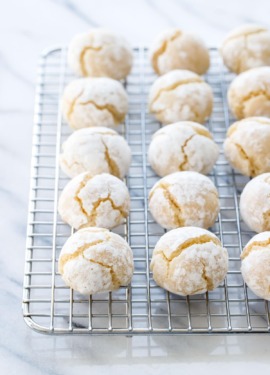
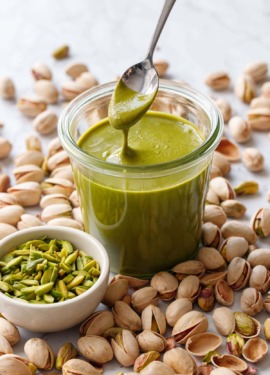
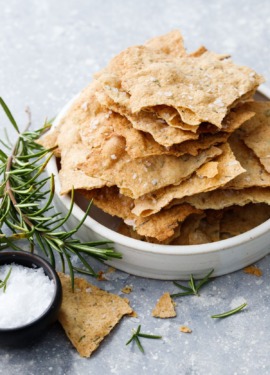
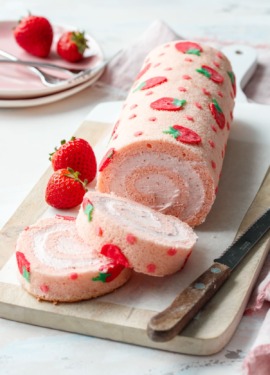
Amazing recipe!!
You can get single piece lids for mason jars. I do a lot of canning and have to use the two-piece lids for that. However when I open a jar the lid goes into the recycle bin and gets replaced with a one piece lid if I’m putting the jar into the refrigerator.
Hello ,
The recipe sounds amazing. We are drowning in blood oranges and other citrus trees, I love it ! We are not big fans of alot of peeling in jam. I know peeling is a natural pectin. I do use it lightly for a bit of texture and it looks pretty. I know Port is sweet, would it be a sugar overload if I use boxed pectin ?
Thank You
AKA Getting My Jam On ?
Hello ,
The recipe sounds amazing. We are drowning in blood oranges and other citrus trees, I love it ! We are not big fans of alot of peeling in jam. I know peeling is a natural pectin. I do use it lightly for a bit of texture and it looks pretty. I know Port is sweet, would it be a sugar overload if I use boxed pectin ?
Thank You
AKA Getting My Jam On ?
Hello ! The recipe sounds delicious! I am drowning in blood oranges and navels. It’s a good thing I love my trees! I know that the peeling of the orange is a natural pectin. I do add some for my jams for light texture I but dont use much. I know the port is sweet if I use boxed pectin would it be a sugar overload?
Thank You ,
AKA Getting My Jam On ?
If you’re looking for a less sweet marmalade, check out the recipe in my jam ebook: https://www.loveandoliveoil.com/thats-my-jam (winter edition). There’s a citrus marmalade that uses Pomona’s pectin which requires far less sugar than traditional methods.
I just love your recipes and have made many from your That’s My Jam series. Best recipes I ever bought! I love the smaller jars you use and am hooked on them. I am curious to know where you found a funnel that fits in the cool jars. I find a standard canning funnel is too big.
Thanks again for the great recipes and keep them coming. You made me a happy canning fanatic!
Are the labels available in the “That’s My Jam” book?
They are!
So, I’m actually removing the rinds & putting those in the cheesecloth? (I’m having one of those weeks where the brain IS NOT cooperating)
Just the seeds and trimmed off bits of pith go in the cheesecloth. The thinly sliced rind is part of the final marmalade.
I love your idea of adding Chianti or Rum. I already have my batch boiling away on the stove and I’m racking brain trying to figure out where to get alcohol at 3 am. Damn! Next time. I actually add cinnamon to mine. Gives it a really warm hearthy flavor. Perfect for fall.
I wanted to share a tip about the color with you. A Blood Orange’s coloring is effected by temperature and weather changes. By taking them from my brothers back yard, where they ripen on the vine, which is warm and dry, and then storing them in my refrigerator, which is cool and moist, for about a month, they turn really dark, almost black, skins and all. So my finished marmalade actually ends up a very rich deep red, and looks like Raspberry jelly.
Hi! I have just made blood orange marmelade in an Anolon pot (anodized teflon coated) in which I first juiced the oranges, saved extra bits in cheese cloth for pectin, then added slivers of peel, boiled to the point of the freezer/plate/wrinking test and canned. The only thing is, right away my gorgeous juice turned a few shades darker and became semi-opaque. It also tastes good but slightly off. I did not add the full complement of sugar because the oranges are so sweet. Do you think I erred with the pot (I didn’t think teflon was reactive), the sugar, some other element of process? Thank you for your help! I love my oranges!
Greetings from a former Nashvillian. My achy breaky heart still misses The Bluebird Cafe and Merridees Bakery in Franklin, among other things. What a great city.
Anyway, just bought a whole bunch of the SKS Marmalade Jars (6 oz) to make preserves for Christmas presents. When water bath processing your marmalade, did you follow the time suggested for regular 2 piece lids, 1 pint jars?
I did. Though these jars are smaller (4/6oz) so I processed them for about the same time as a half-pint (8oz) jar. Figure it can’t hurt to process it a bit longer to be on the safe side. :)
Thanks for these recipes! I have made blood-orange marmalade three times; my personal quirk with it is to add naga jolokia chiles (aka ghost pepper) to make a hot/sweet marmalade that works very well by itself or as a base for meat glaze.
I also used 4-ounce jars, although I got the Ball quilted 4-ounce ones. They do make it easy to portion things out into smaller, manageable sizes and not waste your nice jams and jellies.
Just amazing! Can’t wait to try these recipes! Love the jars, thanks for a great resource. Hollyce
LOVE these! I am going to try canning this summer. Did you make those stickers yourself and print them?? I would love to have something like that for my jars!
I think I must have gotten a darker batch of oranges. They were deep red inside, and the resulting marmalade (just oranges and sugar) is more like your strawberry version. This is some tasty stuff! Thanks for the lovely recipe, as always.
Sounds like you found some beautiful blood oranges! Lucky you! :) Mine were definitely not as red as they could have been, which probably explains the color difference, but still tasted just as delicious.
I can’t believe the season is almost over – I still haven’t seen them in the market locally! And I love them! Sigh…
Love everything about this. First the recipe sounds and looks delicious, and secondly the presentation is adorable, I would buy this in a heart beat. I love the flavour combos too:)
This looks so delicious! I love marmalade, jams, and anything delicious to spread on toast :) And they’re so cute! Those jars and labels are adorable!
i have searched EVERY WHERE in san antonio for blood oranges and they have all told me that the season ends in march =-/ maybe next year!
I know, the season is too short. I found some from California I was able to order online (I think their season lasts a bit longer), but even that I think is done with now. And yes, next year, for sure!
they looks absolutely beautiful!
Looks so good, you got me hungry! Thanks for sharing!
Your dislike of mason jars is music to my ears! I’m kinda over the whole trendy mason jar thing. Yes, I use them to can & store grains, but they’re not decorative! And keep them out of a formal wedding day! Ok, glad I got that off my chest!
No one wants a blood orange-less summer, so I better get to it! :)
I love how beautiful these look! I’m sure they taste equally as amazing! Xoxo
I am loving the preserves trend of the past couple years, and these ones you make here are both unique and beautiful… I might even try my hand at it! God knows, once you’ve suffered through the tension of boiling a can of sweetened condensed milk for caramel without piercing it, I’m all set to do the water-bath sealing of preserves!
Also, can we make a deal? I actually LIKE the 2-piece canning lids… but maybe that’s because I haven’t had to seal them- lol!
I remember when my daughter, Kelly wanted to make marmalade and said she didn’t have time to do it in batches. I warned her that doubling the recipe would not work out, but she let time be her guide;-( It set, but after long hours that would have been shortened by doing it in batches.
Your blood orange looks amazing and it’s on my list to try this year. My Dad just loved it on anything and it would bring back a great memory. XOXO
What a beautiful colored post! The variations are really interesting, will try them soon.
Everything turned out so beautiful! Love your labels, marmalade looks delish, and the photos are gorgeous! Kudos!
YUM! These sound DELICIOUS! I can’t wait to try out these recipes!
xo Kayla
The jars are cute and the marmalade looks yummy! I just love jam on my ice cream and yogurt!!
Love this! I recently discovered that I love blood oranges!!
Gorgeous photos! The jars are super cute too!
I am with you 100% on the jars, thanks for the most excellent info!
I agree! No one wants a dainty marmalade. These look delightful. Who would ever have imagined you could have it three ways?
I made some blood orange marmalade as an experiment a month or so ago and was a bit unimpressed with the flavour … it was probably my oranges. So I added some Bullet Bourbon and OMG it is now AMAZING.
I can’t wait to give these ones a try …
This sounds so good. You know, I’ve never tried blood orange anything. I really need to but at this point I think I may have to wait until next year :( Those jars are beyond cute!
Last month I made my first batch of marmalade using navel oranges – it turned out a beautiful bright orange. When I’m serving it, I will very often add some candied ginger pieces or some mint leaves chopped into it – very refreshing. I like your idea for using chianti to make it richer – it would be wonderful with a soft creamy cheese like brie or camembert.
I found your site on foodblogs.com and thought I’d stop by and check it out. I just subscribed to your feed and can’t wait to see what your next post will be!
This looks fab. Love the strawberries in there too! I once made Kumquat Marmalade, but have yet to make the orange variety.
You put a lot of thought into these excellent marmalade recipes! I have never canned a single thing in my life but your instructions were so thorough, I can see myself trying it out. I have always been a fan of homemade jams/marmalades, so I think it’s time to try my hand at it. They all look great and the chianti verstion particularly struck my fancy! :)
another good book to get you started is called “the art of preserving” ( http://www.amazon.com/The-Preserving-Williams-Sonoma-Rick-Field/dp/1740899784/ref=sr_1_1?ie=UTF8&qid=1336577729&sr=8-1 )
a lot of easy to follow instructions and most if not ALL of the recipes are all natural. no added pectin. i have made a LOT of recipes from this book and they have all come out amazing!
I just have to say, your posts and photos are so pretty! Great work!
I’m obsessed with these jars and plan on making jam for our wedding favors. I don’t know if orange is the best flavor to make for a fall wedding, but I’m 100% using these jars. LOVE.
I love marmalade, and it looks so easy to make!!! I will definetely give it a try!
Gorgeous, gorgeous photographs! I would most love to try the strawberry version, I think, but all sounds fantastic.
I tried my hand at canning for the first time ever a few months ago and made hot pepper jelly. I have made freezer jams before but never a hot water bath process. So this doesn’t seem quite as daunting but I know is still lots of work.
It’s gorgeous!! And the Chianti added, oh you outdid yourself, Lindsay!
so how do-able do you think this is for wedding favors? I’m having approx. 100-120 guests. :) or is this a bad idea since they only keep for 3 weeks after opening?
SKS has itty bitty jelly jars:
http://www.sks-bottle.com/340c/fin6c.html
Or the 4 ounce size of the hex jars would be ok too, easily usable within 3 weeks. It’d probably take a lot of effort on your part though to make 120 jars! Maybe find a company locally that makes unique preserves and do a custom label for them? It’s a great idea – I know I’d love to get preserves as a wedding favor! :)
awesome, thank you. I like the tiny jars better — so cute. :) How did you print your custom labels? Did you print them at home with an inkjet or did you send them somewhere? I guess I’ll assume since you only had a few to print (not 120, hehe), you printed them at home.
I did print them myself. But for 120, you might want to look into getting them printed. Probably cheaper than buying all that ink!
This post reminds me of the blood orange marmalade I made once with Grand Marnier, which was divine. It also reminds me that I wanted to make a lemon rosemary marmalade, and I need to get on that.
I spent ages yesterday looking in the shops for jars that didn’t have that two piece lid, there’s no way I need any more bits of metal to add to my collection!
What a beautiful collection of marmalades – I love the colour of all of them!
Those spoons just made me sexy cry.
Home made marmalade is the best! Love the chianti and strawberries, think I will try one with my next batch!
These marmalades look incredible! I love the addition of strawberry or wine with the blood oranges. I’d accept one from you any day– whatever the USDA says! Your picture is lovely as usual too, the colors just pop!